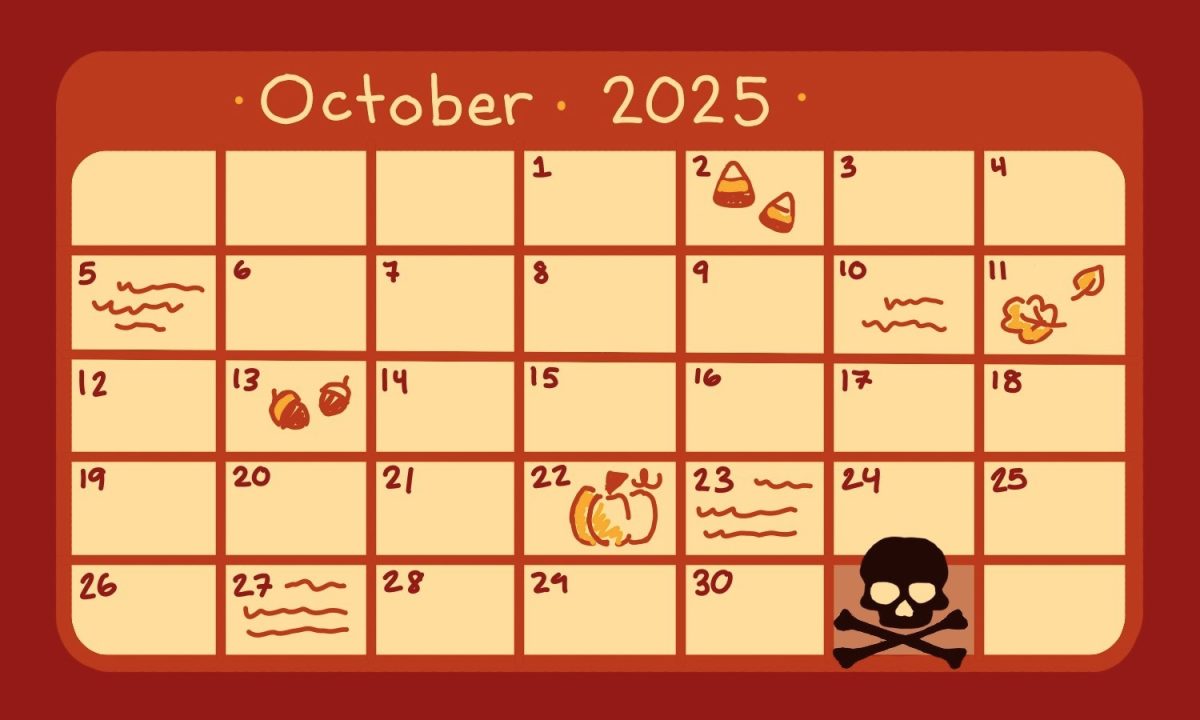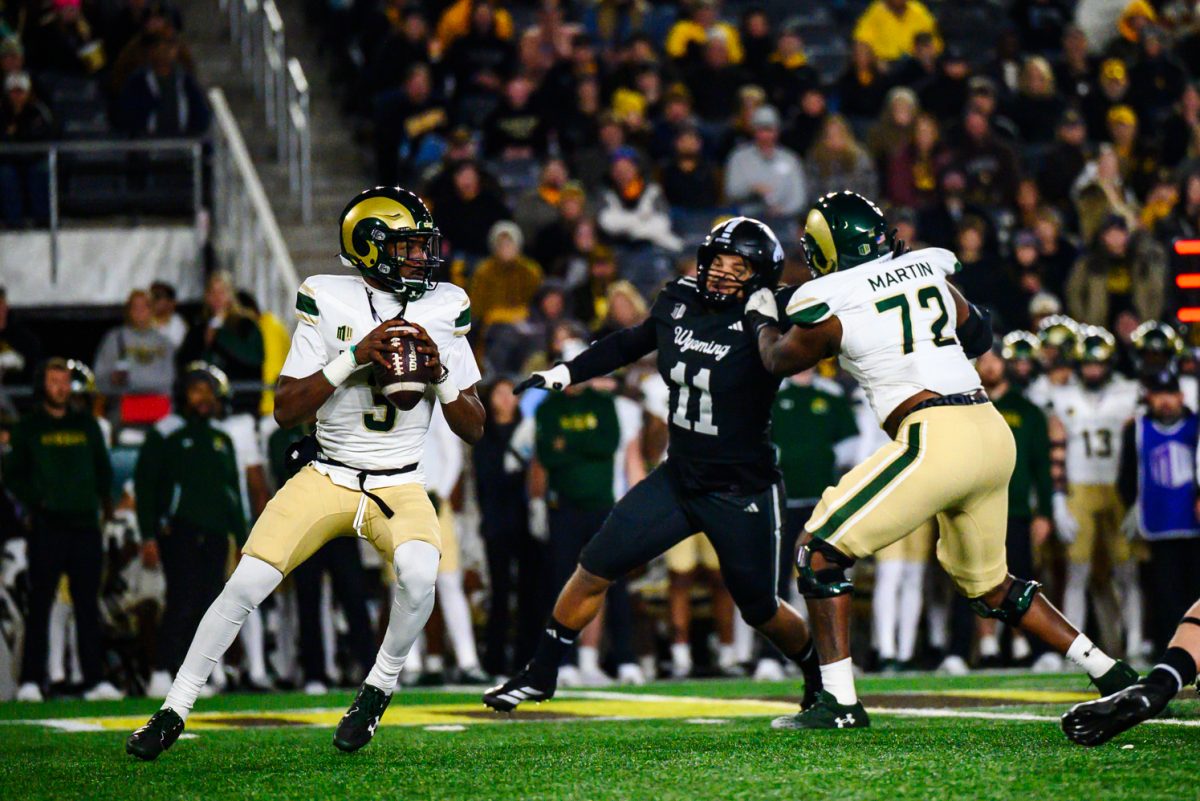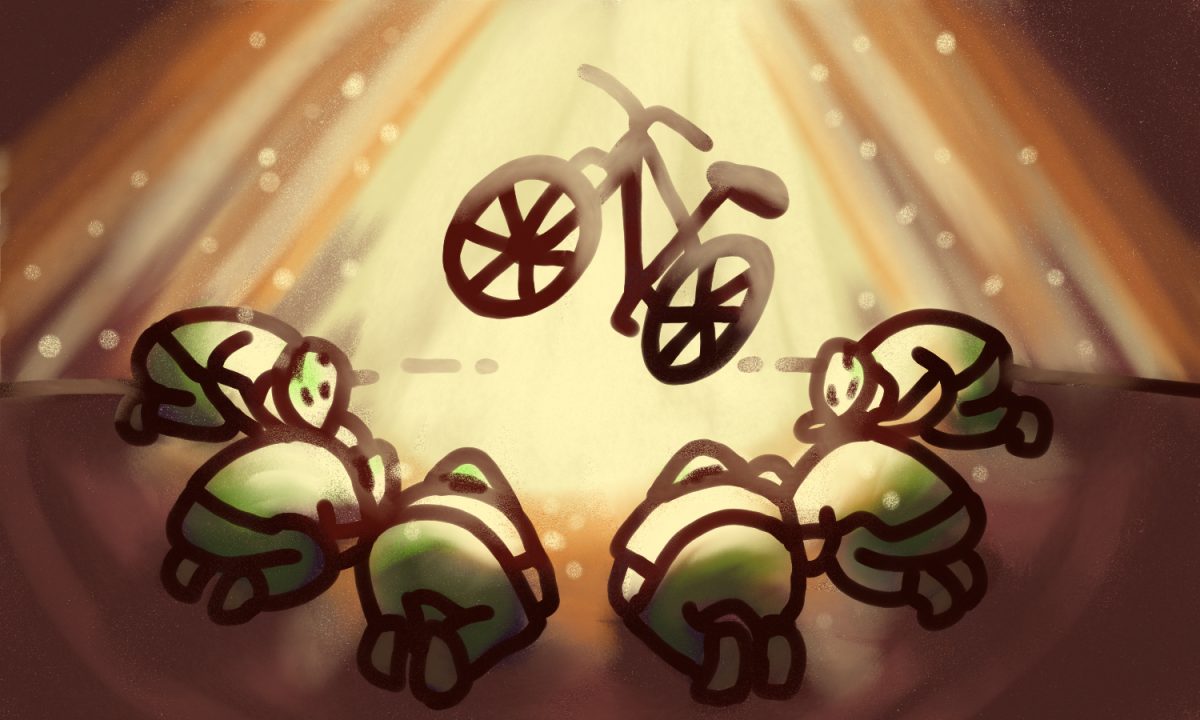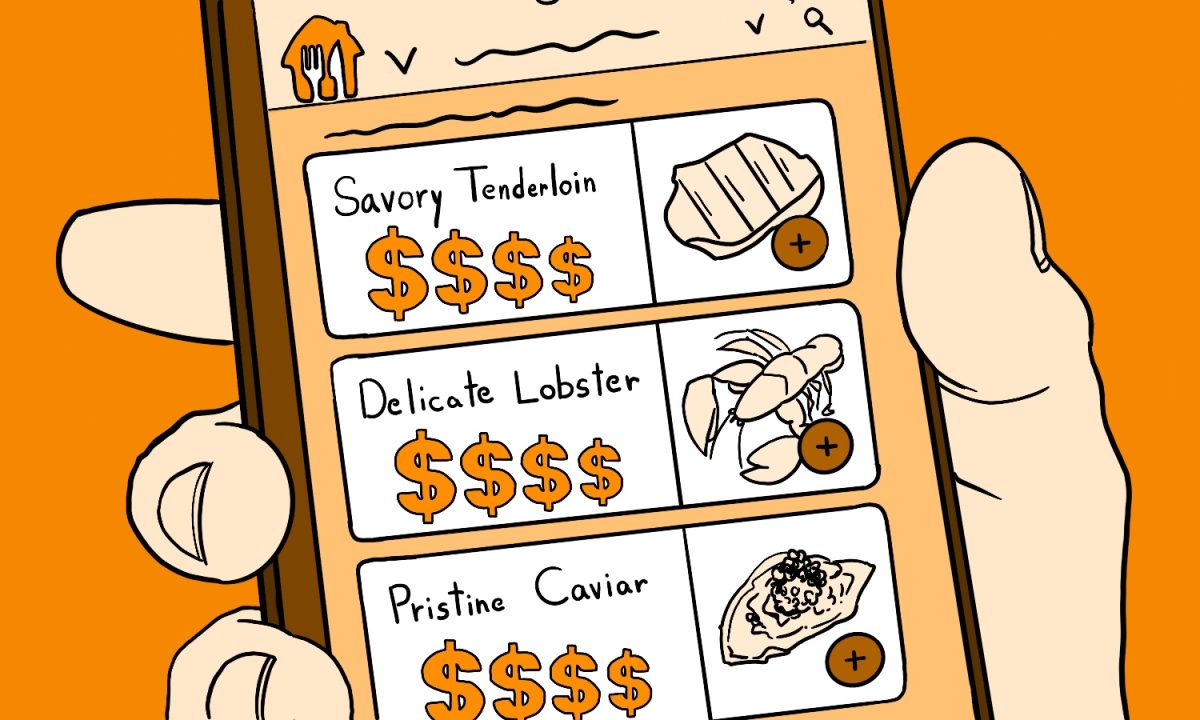Editor’s Note: All opinion section content reflects the views of the individual author only and does not represent a stance taken by The Collegian or its editorial board.
Colorado’s attractiveness for out-of-staters is largely due to outdoor access and activities like skiing and hiking that come with it. As a Coloradan, I can attest that in these communities, outdoor activities and status symbol are deeply correlated.
The obvious illustration of this phenomenon is the tourists coming in hordes during the winter months to take the perfect Instagram pictures in Aspen or Vail. In reality, taking a ski vacation is inaccessible for the majority of Americans and is a status symbol for those who can partake.
Smaller, more local mountains like Winter Park have historically had cheaper lift tickets. In 1985, a full-day lift ticket cost $22, which is equivalent to $63.06 today. According to the Winter Park website, the cheapest full-day lift ticket for this month is March 20 at $174. That’s more than double what the lift ticket cost 40 years ago.
“A large part of this shift in outdoor culture is consumerism. Buying gear for any outdoor activity is extremely costly.”
Even for residents who don’t have to account for out-of-state travel costs, this price point is simply arbitrary and doesn’t account for gear, transportation or food. This is recognized statewide; a study commissioned by Colorado Ski Country USA and Vail Resorts reported that during the 2013-14 season, there were only about 500,000 Coloradans who were skiers and snowboarders.
So if Coloradans aren’t really skiing, they must be hiking. Hiking is arguably the most accessible of Colorado’s outdoor activities and free by nature. Here in Fort Collins, there are trails and green spaces everywhere that are accessible by public transportation.
More remote hiking trails — the kind seen on social media — are not public transportation friendly, though. Sometimes not even a four-person passenger car is adequate, as hikers need a vehicle with off-road capabilities to get to the trailhead.
This is common for Colorado’s 14ers, even Mount Princeton Trail — which is widely recognized as a more beginner-friendly mountain — requires off-roading to arrive at the uppermost parking lot. Without this kind of vehicle, hikers are adding around 5 miles to their hike.
Seen as the biggest and best mountains in Colorado, 14ers are all over social media. The irony in this example lies in the handwritten cardboard signs people display in their photos at the summit. These people just arrived at a mountain in their $60,000 car, hiked up in $500 worth of gear, took a picture on their $1,000 phone but are holding up a cardboard sign written in Sharpie.
Having the free time, money and capabilities to hike in Colorado is a privilege.
A large part of this shift in outdoor culture is consumerism. Buying gear for any outdoor activity is extremely costly. Having the newest and best gear to show off is incredibly symbolic of status in any field but especially in outdoor recreation.
Gear swaps and shopping secondhand are great ways for new people who think outdoor activities may be beyond their financial means to start exploring them. Not only is it a great way to save money, but outdoor gear is built to last a long time. Past-season skis are usually significantly discounted, and there is a large market of used ski sellers in Colorado.
Fitting in with Colorado outdoor activity “standards” has become unattainable for the average person. If you’re new to skiing or hiking, it can be deceiving based off standards set by social media and tourists of high economic status.
Reach Darien Rhoads at letters@collegian.com or on Twitter @DarienRhoads.











